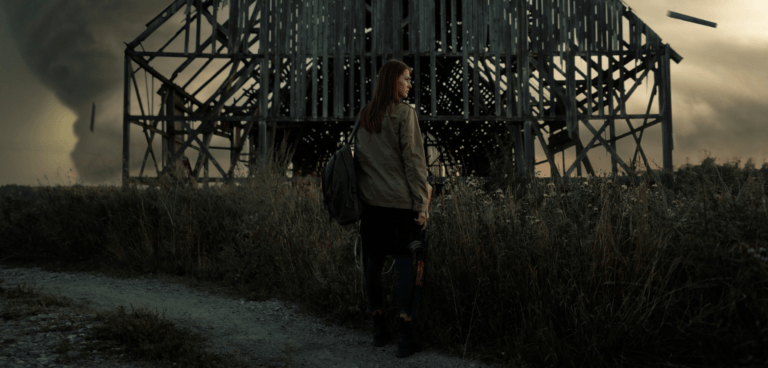
7 Steps for a Disaster-Ready Life: Be Prepared and Stay Safe
Natural disasters can happen at any time, and being prepared is essential to protect yourself, your family, and your finances. A disaster plan can help you prepare for the unexpected and ensure that you have a plan in place to keep you and your loved ones safe. Here are seven steps to take when creating a disaster plan:
- Develop a communication plan
In the event of a disaster, communication can be challenging. That's why it's crucial to have a communication plan in place. Identify multiple ways to contact family members and loved ones, including phone, email, social media, and text messaging. Establish a designated meeting place and make sure everyone knows the plan. Additionally, consider designating an out-of-town contact who can act as a central point of contact in case local communication is disrupted.
- Gather important documents
Keep important documents in a safe and accessible place. This includes passports, birth certificates, insurance policies, and financial documents. Consider keeping electronic copies in case the physical copies are damaged or lost. Keep your important documents together in a waterproof and fireproof container or in a secure location outside your home, such as a safe deposit box.
- Create an emergency kit
Stock up on essentials like food, water, and medication. Include important supplies like flashlights, batteries, and a first-aid kit. It's also a good idea to have cash on hand in case ATMs are unavailable. Consider creating a portable emergency kit that you can take with you in case of evacuation. Make sure to include any necessary medications and documents.
- Evacuation plan
In case of an emergency, it's important to have an evacuation plan. Identify evacuation routes and make sure everyone knows the plan. Know where you will go in case of evacuation and what you will need to take with you. Create a list of emergency contact numbers and keep it with you at all times.
- Review insurance coverage
Review your insurance policies to ensure you have adequate coverage for potential disasters. This includes homeowners or renters insurance, flood insurance, and any additional policies that may be necessary. Review your policies regularly to ensure that your coverage is up to date and meets your needs. Consider discussing your coverage with your insurance agent to make sure you have adequate protection in case of a disaster.
- Create an emergency fund
Create an emergency fund to cover unexpected expenses that may arise in the event of a disaster. This can help cover expenses like temporary housing, food, and repairs. Aim to save at least three to six months' worth of living expenses in your emergency fund. If you live in an area prone to natural disasters, consider saving even more.
- Practice and update your plan
Practice your disaster plan with your family to ensure everyone knows what to do. Review and update your plan regularly to ensure it remains relevant. Consider scheduling regular meetings to discuss your plan and make any necessary updates. Remember, your disaster plan should be flexible and adaptable to changes in your situation.
Creating a disaster plan can seem daunting, but taking these steps can help protect your financial stability and ensure the safety of yourself and your loved ones. Don't wait until it's too late – start creating your disaster plan today. By taking the time to prepare now, you can help protect yourself and your family in case of a disaster.